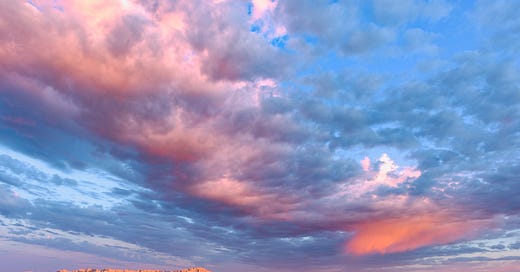Today I want to talk a little about lenses. More specifically, focal lengths. If you’re new to photography, you probably have at least one zoom lens in the 24-70mm range, and may be looking to get something else to complement it. Generally speaking, we break down lenses by their focal length range to give an idea of their angle of view. Aside: Angle of view is a better description of the lens rather than focal length alone, as sensor size has a major impact on how wide or close a lens will behave.
In 35mm format, we usually describe lenses in the following groupings, based on their angle of view
Standard/ Normal: 35-70mm
Wide-angle: 20-28mm
Telephoto: 70-200mm
Super-telephoto: >300mm
Super-wide: < 20mm
There are, of course, specialty lenses (macro, fisheye) that I won’t consider here, but they still fall into these categories. The traditional three-lens kit is usually comprised of three zooms:
Wide-angle: (16-35mm or similar)
Standard: (24-70mm or similar)
Telephoto: (70-200mm or similar)
Most photographers can do pretty well with such a kit; that’s why it’s often referred to as the “holy trinity.” It’s when we start getting into the more extreme ends of the focal length scale that things get challenging, but for different reasons.
There are two classes of lenses that are the most challenging to use:
Super-wide lenses
Super-telephoto lenses
Going to Extremes: Challenging Lenses
Both super-telephoto and super-wide lenses can be challenging to use. I’ll start out by discussing super-telephoto lenses, then discuss super-wides. Finally, I’ll give my verdict on which of these lenses I find harder to use.
Keep reading with a 7-day free trial
Subscribe to The Photographer's Perspective to keep reading this post and get 7 days of free access to the full post archives.





